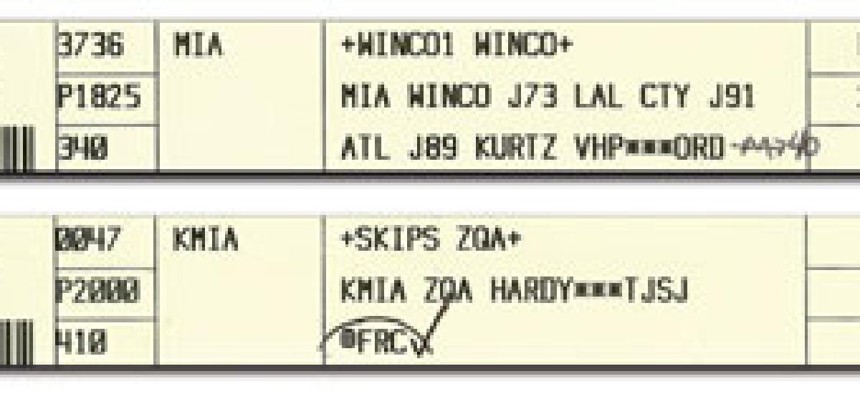FCW Time Machine 1990: Flight strips survive.
It’s 1990, and the Federal Aviation Administration has a contract with IBM to modernize the computer systems that air traffic controllers use.
After winning the $3.5 billion Advanced Automation System contract, IBM analyzed controller operations and realized it would have to provide capabilities it had not anticipated.
“Among the requirements called for are user interfaces for the simulation of paper flight strips controllers use to record a plane’s flight plan as it enters a defined airspace,” reporter Robert Smithmidford wrote in the March 5, 1990, issue of Federal Computer Week.
William Carson, IBM’s project manager for the AAS contract, said at the time that the paper strips — 6 inches long and 1 inch wide — had to go. “That’s the biggest transition step —
replacing paper strips with electronic flight strips.”
Well, guess what?
Seventeen years later, FAA controllers are still using paper flight strips.
“It’s a backup, and for us, redundancy is beautiful,” said Jim Marinitti, air traffic controller and president of the Miami bargaining unit of the National Air Traffic Controllers Association.

Marinitti said departure controllers rely on the strips primarily for verifying data that appears as an electronic data block on their radar scopes. The strips contain information about flight plans — the aircraft call sign, route, altitude and speed — that pilots enter into the FAA’s computer systems.
If for some reason that electronic data block doesn’t appear on the controller’s scope, the 6-inch paper strip has all the information the controller needs.






